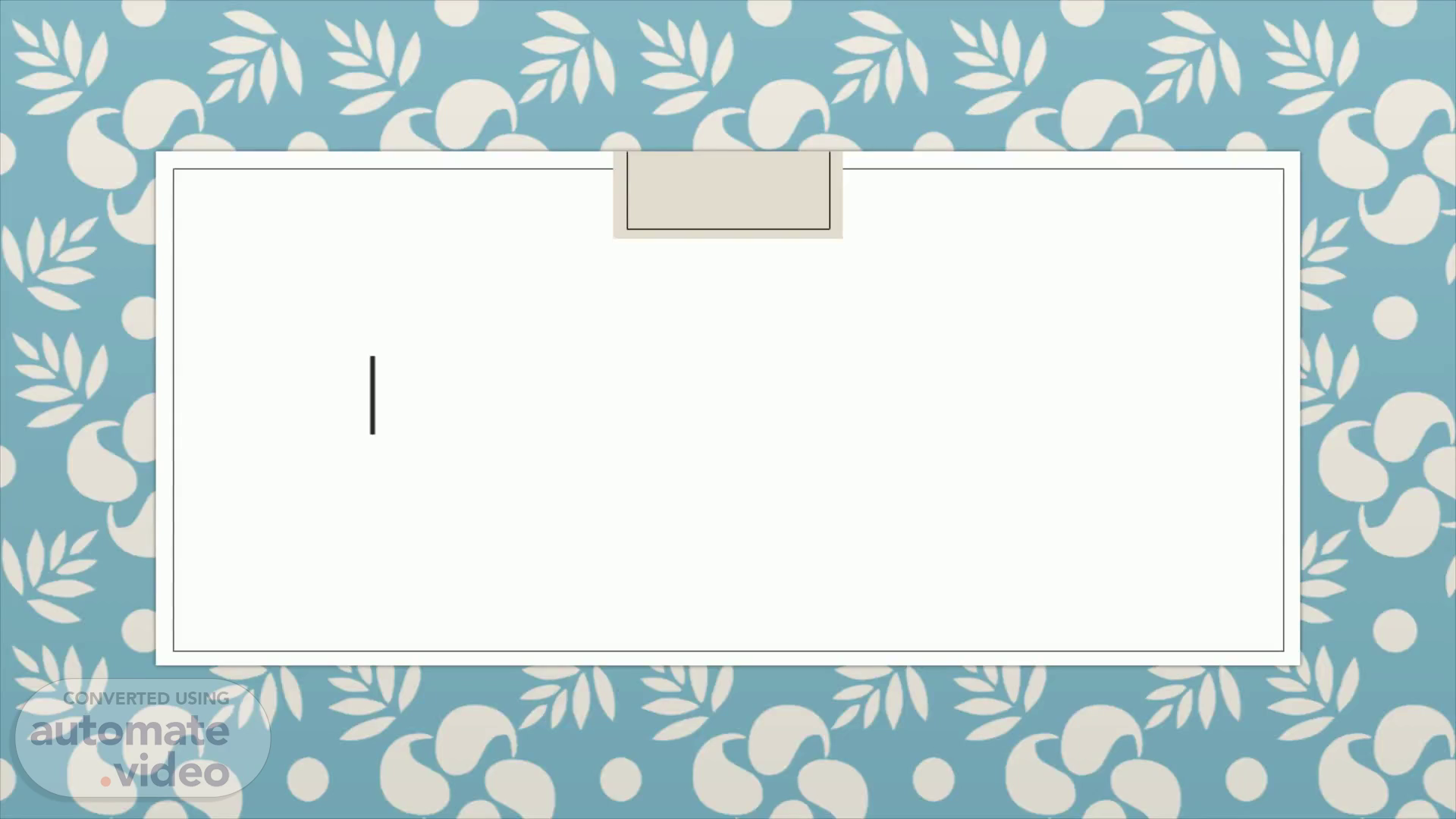Scene 1 (0s)
IELTS Reading. How to attempt the paper?.
Scene 3 (37s)
Types of Reading. The IELTS Reading test consists of 40 questions. These include: reading for gist reading for main ideas reading for detail skimming understanding logical argument recognising writers' opinions, attitudes and purpose..
Scene 4 (1m 24s)
The Reading Passages. The Reading Passages There are three reading passages with a total of 2,150-2,750 words. Texts are taken from journals, magazines, books, and newspapers..
Scene 5 (1m 35s)
Types of Questions. These are the types of question you can expect to see in the test: short-answer questions multiple choice sentence completion notes/summary/diagram/flow chart/table completion choosing a heading for a paragraph identification of writer's views/claims - yes, no or not given identification of information - true, false or not given classification matching lists/phrases ..
Scene 6 (2m 4s)
The Reading Passages E ach text being harder than the one before and are all authentic. These are texts that you are likely to have to deal with daily in an English speaking country. Section one: This section contains 2-3 short factual texts with topics that will be relevant to your everyday life when you live abroad in an English environment. For example, a text may consist of a number of advertisements. Section Two: There are 2 factual texts and they focus on issues related to work such as applying for a job, pay and conditions, staff training and development and company policies. Section Three : The text in this section is longer and more difficult. It is a text on a topic of general interest..
Scene 7 (2m 57s)
Websites for Practice. https:// takeielts.britishcouncil.org/take-ielts/prepare/free-ielts-practice-tests/reading/academic https:// ielts-up.com/reading/ielts-reading-practice.html https://www.english-exam.org/IELTS/ielts_reading /.
Scene 8 (3m 17s)
Reading Tips. Practice your reading skills NOT your IELTS skills Analyse and work on your mistakes Don’t panic T he reading test is more of a vocabulary test than a reading test. Timing is crucial so practice to manage time Leave no blanks.
Scene 9 (4m 4s)
Reading Strategies. Use skimming for: reading service or product reviews going over a speech last minute quick research quick review before an exam Use scanning for: list of email subjects news articles a food or drink menu Read actively with: new, difficult and unfamiliar material reading material you will need to know well.
